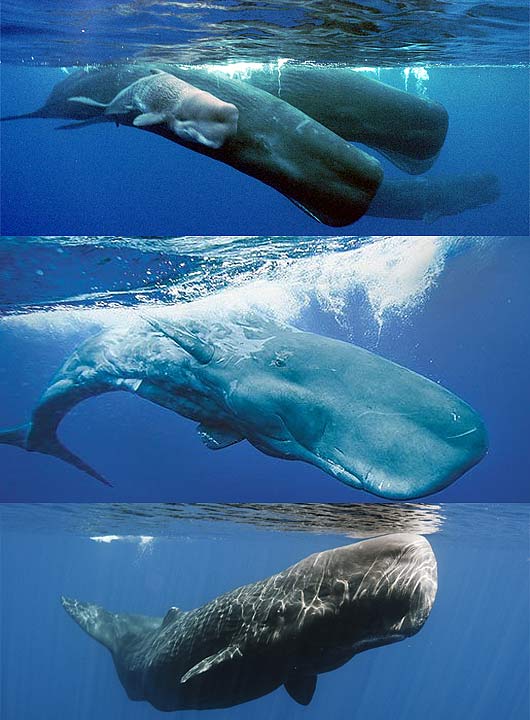


They carry the calf for almost a year and a half, then give birth and nurse for another 12 months. Killer whale females invest a lot of energy in raising their offspring. Range age at sexual or reproductive maturity (male) 10 to 13 years.Range age at sexual or reproductive maturity (female) 6 to 10 years.Breeding season Breeding can occur at any time of the year, most often in the summer.Breeding interval Females breed every 3 to 10 years.gonochoric/gonochoristic/dioecious (sexes separate).Some studies show that almost half of all newborn calves die before their first birthday. Newborn calves nurse for about a year before weaning. Killer whales have a single calf at a time, twins have only been recorded once. Gestation takes about 14 months, although a gestation length in captivity was recorded at 539 days. The result is 4 to 6 offspring over a 25 year span. Females have a calf every 6 to 10 years and they stop breeding around the age of 40. The youngest female whale on record to give birth was 11 years old. Female killer whales begin to mate between 14 and 15 years of age. Males reach sexual maturity between 10 and 13 years old. Females reach sexual maturity between 6 and 10 years of age. However, most breeding happens in the summer, and killer whales are typically born in the fall. Killer whales can reproduce whenever females enter estrus, which can occur mutiple times a year. While killer whales are difficult to study in the wild some of their reproductive habits have been recorded and studied in captive whales. Killer whales are polygynandrous both males and females have multiple mates throughout a season or a lifetime. Range length 9.75 (high) m 31.99 (high) ft.This fin curves over either to the right or left side. In males, the erect dorsal fin can reach up to 1.8 m high in females and immature males this dorsal fin is only about 0.9 m high. Female average body size and weight is slightly smaller than that of males. The average weight for a male killer whale is 7200 kg. Newborn calves are from 2 to 2.4 m long and weigh about 136 kg at birth. The average length in females is 7 m with a maximum length of 8.5 m. The average length for a male adult is 8 m, with the maximum length at 9.75 m. Also, the white on the calf's underside has a yellow tint to it until they reach 1 year old. In calves, their black is somewhat grey up to a year old. In both sexes there is a "saddle spot" which is a grey spot behind the dorsal fin on the back. There is also a white spot above the eye. They are black on the dorsal surface, white extends from the bottom of the chin to just beyond the anus on the ventral surface. Killer whales have streamlined, black and white bodies.

Killer whales generally occupy the same home range year round. Normally prefering depths of 20 to 60 m, killer whales also visit shallow waters along coastlines or dive to 300 m in search of food. They are found in all oceans of the world. Killer whales live in aquatic marine habitats. There seems to be no or very little migration due to weather and water temperature, but killer whales will move to other areas when food becomes scarce. Although Orcinus orca seems to prefer colder waters, they have also been observed in tropical waters. They have been spotted from as far north as the Artic Ocean near pack ice to as far south as the Antarctic Ocean. Orcinus orca is found living in all oceans of the world.


 0 kommentar(er)
0 kommentar(er)
